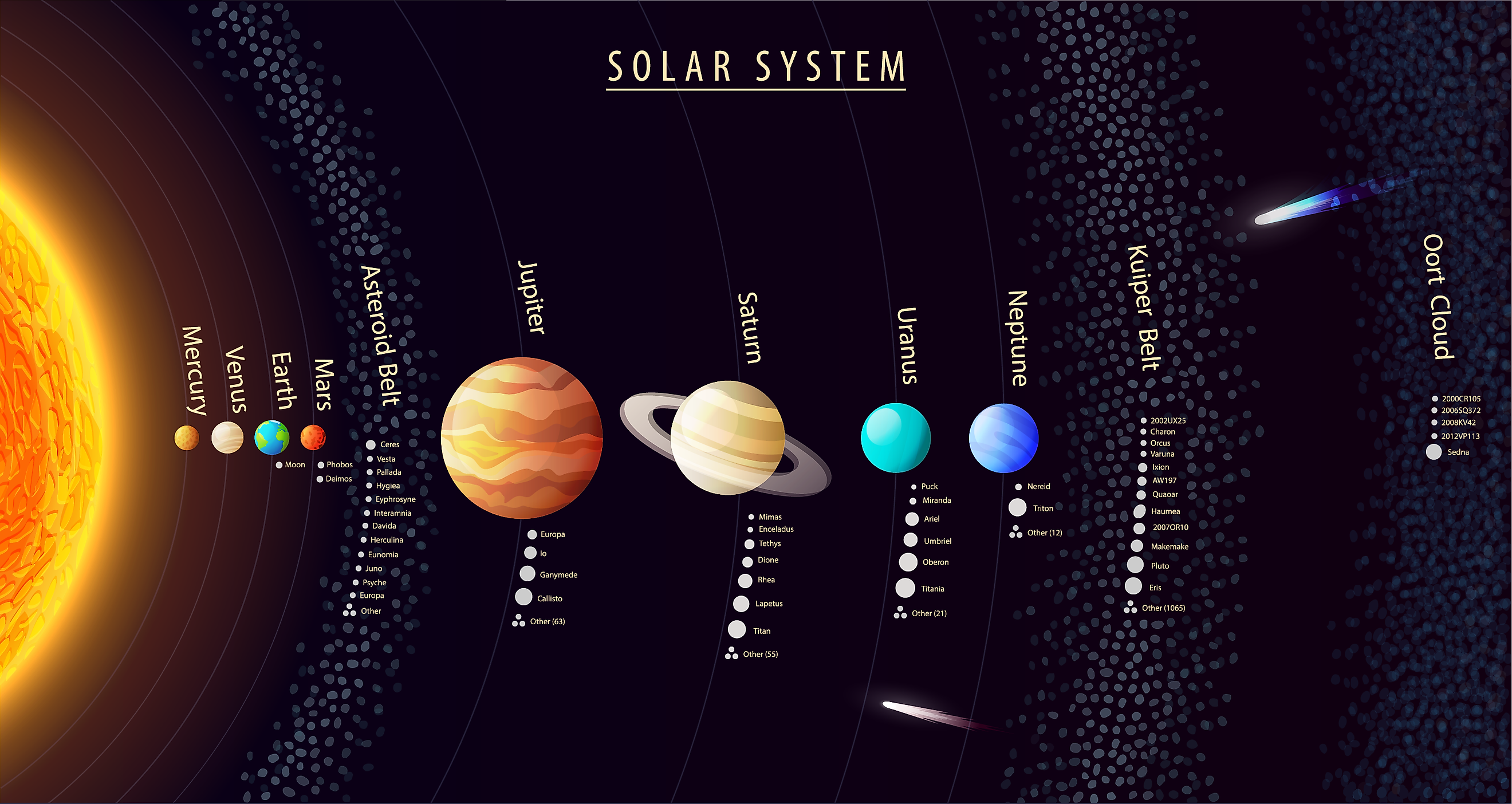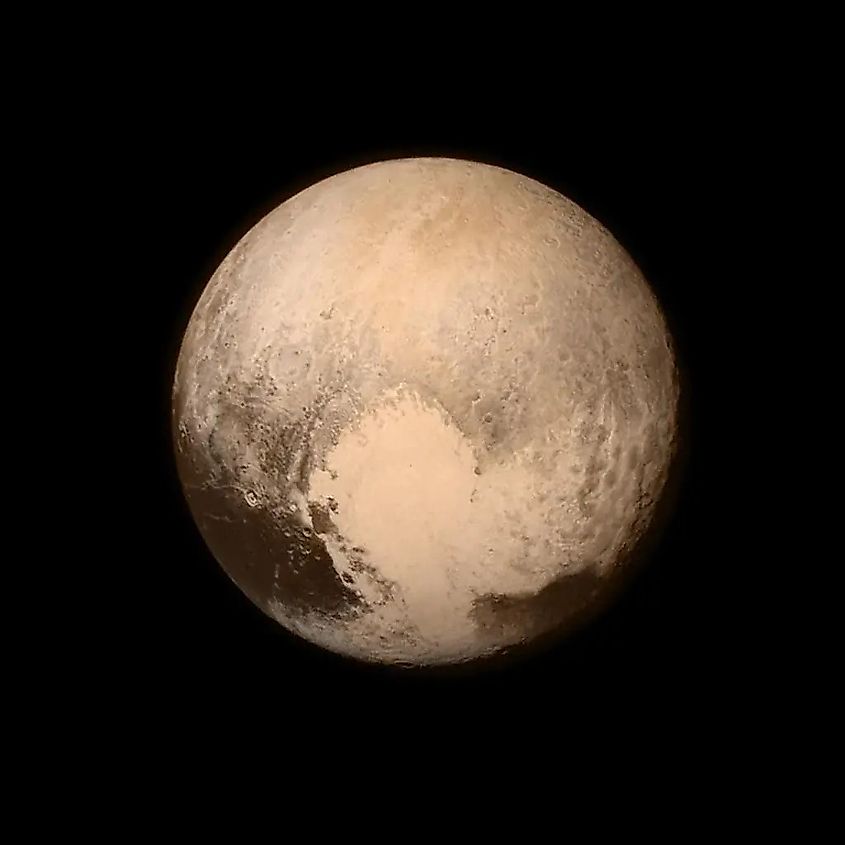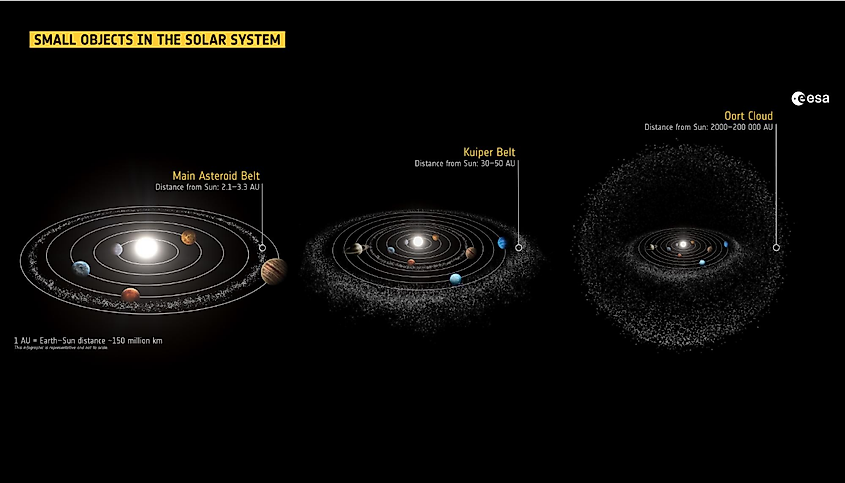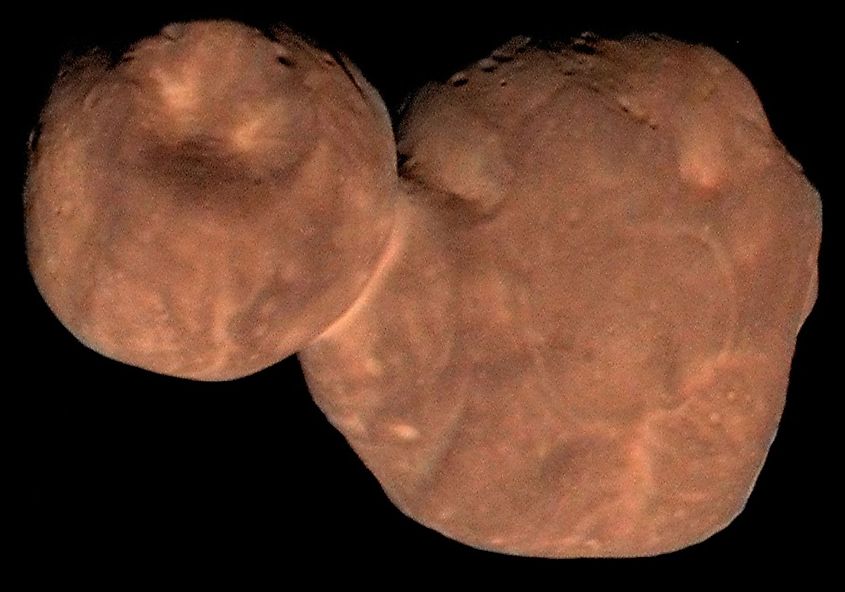
What Lies Beyond Pluto?
In science, it is only natural to wonder what lies beyond an established structure. One such inquiry presented itself a decade or so after the discovery of the dwarf planet Pluto. To the best of our knowledge, this icy celestial body is the tenth most massive object orbiting our Sun. The community is still divided on whether or not Pluto should be considered a planet, as the definition of a planet is not set in stone. The question of what lies beyond Pluto has occupied the attention of many astrophysicists, and in this article, we provide the answer: the Edgeworth-Kuiper Belt.
The History of the Edgeworth-Kuiper Belt

The story begins with the tireless efforts of Percival Lowell, who, as early as 1906, discovered a ninth planet orbiting our Sun. With a makeshift telescope, the astronomer Clyde Tombaugh accidentally happened upon this elusive celestial body in February 1930. This induced a flurry of investigations from astronomers to find out as much information as possible on this icy dim object.
The first person to make progress on finding objects that exist beyond Pluto was Kenneth Edgeworth, who was a polymath with influence in the Irish military, business, and theoretical astronomy. In a seminal paper by Edgeworth in 1943, "The Evolution of Our Planetary System," he proposed the existence of a disc of bodies that go beyond Neptune.
Initially, the hunch was that there is a collection of comets that have the special property of infrequent clustering. This suggests that matter does not clump up together often enough to form large objects, which is why the region beyond Neptune was not yet expected to house full planets.
Following up on Edgeworth's insight in the year 1950, the Dutch astronomer Jan Oort proposed the existence of a cloud of small bodies that encircle Edgeworth's region filled with billions and billions of comets whose number is roughly constant because of the lack of clustering. The story was completed in the year after when the Dutch-American astronomer Gerard Kuiper wrote his influential paper "On the Origin of the Solar System." In it, Kuiper sets out the ambitious goal of uncovering the origin of the solar system we call our home.
Kuiper makes one thing clear: the origin of the formation of the solar system must not only account for the nine planets, including Pluto, which the International Astronomical Union has since demoted, but also all the smaller bodies orbiting the Sun, including comets, dwarf planets, and other celestial objects.
Based on simple estimates and probabilities, Kuiper proposed that there could, in principle, be as much as 109 planetary systems in the whole Milky Way. Building on Oort's work yet differing in opinion on the origin of comets in the solar system, he proposed a smaller region, which was later named after him, that contained many celestial bodies, of which Pluto is the largest. This region is now typically referred to as the Edgeworth-Kuiper belt.
The Structure of the Edgeworth-Kuiper Belt

The Edgeworth-Kuiper belt extends billions of kilometers beyond Neptune. There is an entire swathe of celestial bodies that call the belt their home. The structure of these objects is typically icy as the average temperature of the belt is close to negative two-hundred degrees Celsius. They range in size and in the number of moons they have orbiting them, with some being fifty kilometers wide. Some examples of this zoo of objects occupying the belt include the small Arrakoth, which is a contact binary comprised of two almost overlapping stars, and other dwarf planets like Eris, Haumea, Makemake, and Quaoar.
Astronomers have categorized the structure of the belt based on what sorts of objects inhabit it. These are divided into:
- Classical objects: These are objects whose orbits resemble what the astronomers from almost a century ago expected. The expectation was that objects beyond Neptune would have almost circular orbits, which we now know is not true.
- Resonant objects: These are objects whose orbits are in sync with that of Neptune's journey around the sun. For example, there exist objects in the belt that complete two revolutions around the sun for every three revolutions of Neptune. An example of this would be none other than Pluto.
- Scattered objects: These are objects with wildly different orbits than the classical ones, with some of them having tilted and elliptical orbits. Typically, they are heavy enough to have been scattered far away from Neptune.
To this day, astronomers have observed close to a hundred thousand objects in the Edgeworth-Kuiper belt.
Observations of the Belt and the Future of Discovery

In 2015, NASA's New Horizons spacecraft bravely ventured into Pluto but did not stop there. The spacecraft ventured into the Edgeworth-Kuiper belt and took pictures of the distant region. In 2019, it even flew by the contact binary Arrokoth.
It is important to realize that this is not simply about discovering new objects in the solar system but also understanding what sorts of structures may exist. These other worlds have very different compositions than our planet, Earth, or even the other seven planets. We already have expectations for what lies even beyond the Edgeworth-Kuiper belt, namely the Oort cloud. To reach this cloud, one of NASA's fastest spacecrafts, the Voyager 1, would have to traverse the solar system for centuries. It is fascinating to wonder what sorts of other worlds exist in the universe, but we can start from the less ambitious goal of answering that for our own solar system.











